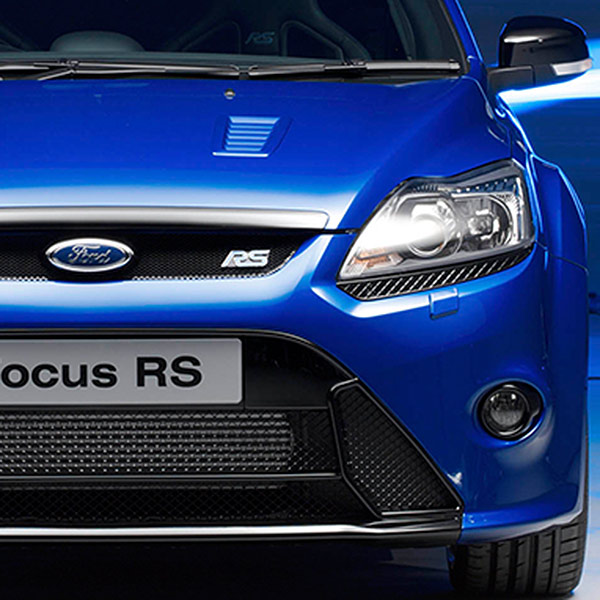Buying Guide: Ford Focus RS MkI (2002-2003) and MkII (2009-2011)
Hold on tight; it's going to be a wild ride
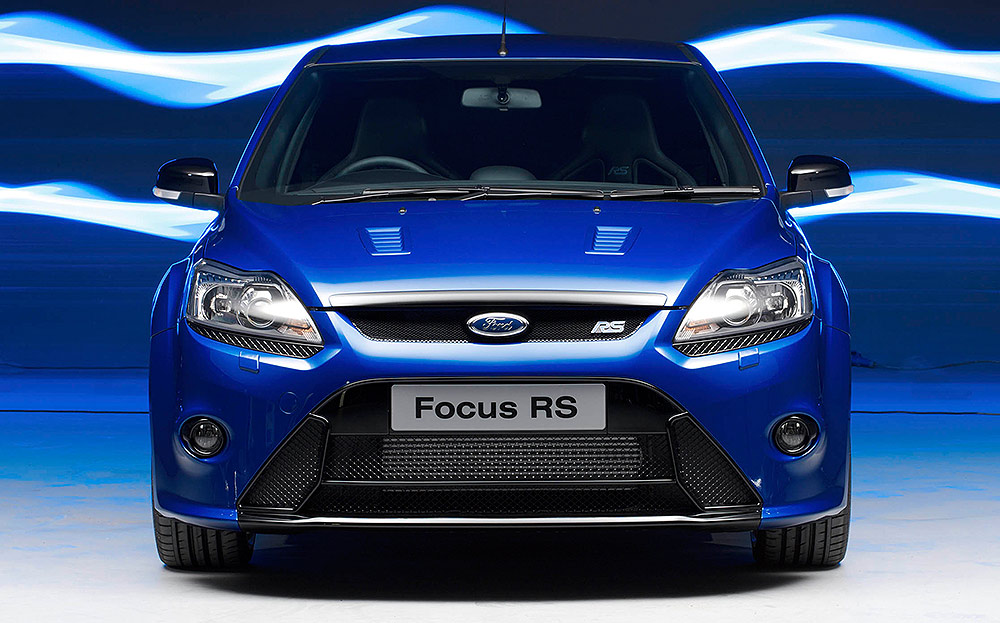
THE FORD Focus RS is quite a machine. The RS (Rallye Sport) makeover of one of Britain’s most popular family cars transforms it into a bit of a headcase.
Driving put the latest, third generation model to the test earlier this week and came away impressed (see the review here). Ford’s engineers have introduced four-wheel drive and a clever “drift mode”, which means any driver can have a go at impersonating gymkhana YouTube sensation Ken Block – although let’s not forget that even Ken Block has accidents, so please be careful out there, people.
The new Focus RS costs £29,995, which is good value compared with rivals like the VW Golf R, and even at the tail end of the age of austerity (we hope), buyers are forming a long queue around the block, with 1,500 orders taken in the UK alone.
View the used Ford Focus cars for sale on driving.co.uk
But, of course, not everyone wants to — or can afford to — spend 30 grand on a new car. And some drivers may view the prospect of the third-generation model as a sound reason for investing in one of the earlier RS models; interest in fast-Fords is rising rapidly — especially with the Ford GT supercar around the corner — and prices of MkI and MkII Focus RS models are still sensible, despite the sports car market being fuelled by speculators.
So this could be the ideal time to strike. Here’s all drivers need to know about buying a Ford Focus RS MkI or MkII.
Ford Focus RS MkI
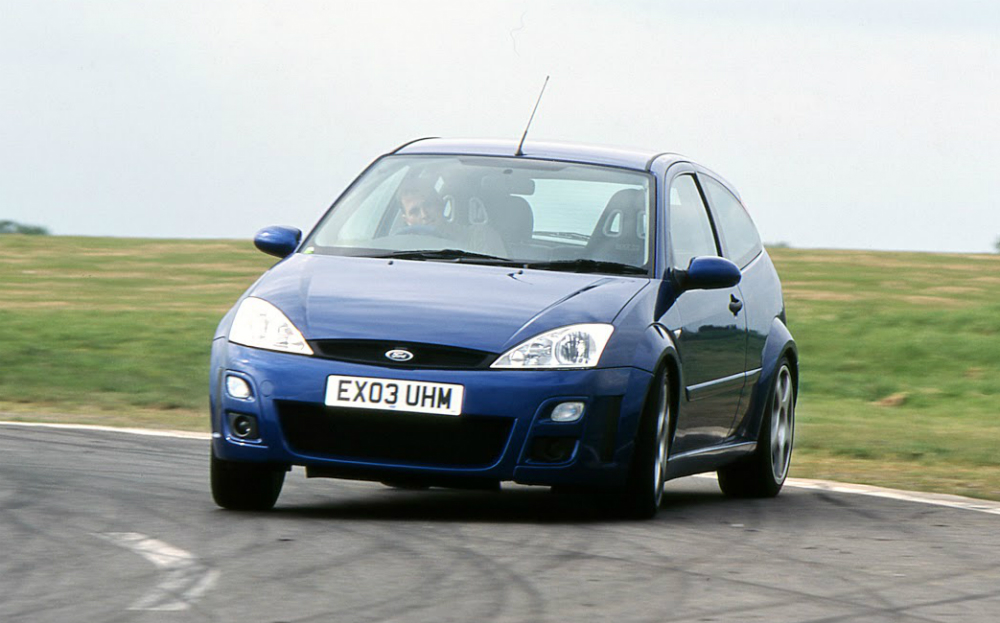
- Produced: 2002-2003
- Total production: 4,501
- Used price: £8,000-£18,000
The first Ford Focus RS was launched in 2002 but still looks sharp. With its flared wheel arches, Imperial Blue paint, O.Z. alloy wheels, lowered suspension and brake calipers wearing Brembo logos, it subtly signals its intent and has stood the test of time well, attracting appreciative looks to this day.
Yet here’s the thing, scratch beneath the surface and it’s a bit of a yob. Ford’s Team RS and Tickford Engineering developed the car, and it was a bit of a parts bin special; fortunately enough of the parts were top notch.
The 2-litre, four-cylinder Duratec engine was kitted out with forged pistons, a modified cylinder head, a Garrett turbocharger, uprated fuel injectors and fuel pump, and a sports exhaust. It also had a five-speed manual gearbox. The result was a power output of 212bhp at 5,500rpm, 229Ib ft of torque at 3,500rpm — not bad at a time when even the most powerful variant of the Golf GTI only boasted 178bhp.
It was quick — 0-60mph took 6.4 seconds — but savage with it. The engine was sleepy below 3,000rpm, then sat bolt upright, pinned the driver to the Sparco sports seat and slapped them round the face with a helping of torque steer.
Ah yes, torque steer. Ford’s engineers fitted the MkI Focus RS with a Quaife limited slip differential. This was to improve traction out of bends, as it distributed the engine’s power to the wheel and tyre with the most grip. However, it had the undesirable effect of making the front of the car tug from side to side of the road like a dog on a leash. And electronic driver aids were absent, presumably deemed to be for wimps.
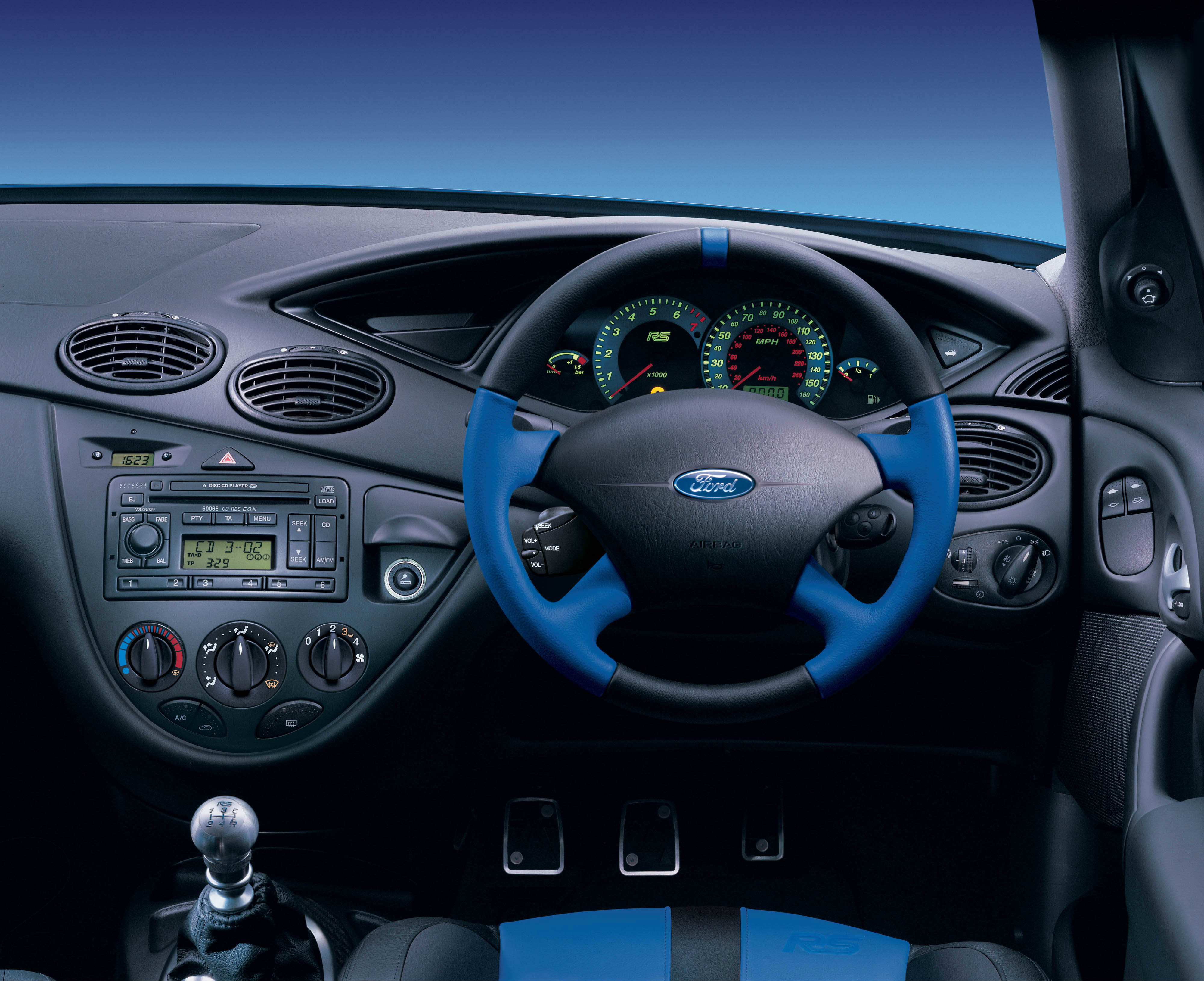
On a smooth race track, the car was sensationally quick. I remember taking one to Brands Hatch on a rain-sodden track day and overtaking all manner of so-called sports cars, because the RS’s traction, and seat-of-the-pants feel, inspired so much confidence. The car felt like it had a low centre of gravity, grip levels were high and the Brembo brakes were more than up to the job of hauling down big speeds.
It’s not a subtle car to drive. You have to take it by the scruff of the neck to get the best from it, but it is thrilling.
It’s also practical. There’s enough space for four adults and their luggage, the driving position is comfortable and although the blue leather and black Alcantara trim on the Sparco seats and blue and black leather on the steering wheel wear noticeably, this can also be used to a buyer’s advantage as a sign of a car that’s been pampered all its life.
What is a Ford Focus RS MkI worth?
At the time of writing, prices remain relatively affordable. An average condition car is about £11,000, a higher mileage model may drop to £8,000, and pristine, low mileage models can be worth anywhere up to £20,000.
Rarity is on this car’s side, as production was under half that of the second generation Focus RS, and the car has pedigree – it was adapted to compete in the World Rally Championship, with the likes of Colin McRae at the wheel. So values are likely to rise.
View Ford Focus cars for sale on driving.co.uk (click “Search” then add Keyword “RS” to find RS models for sale)
What to look for when buying a Ford Focus RS MkI
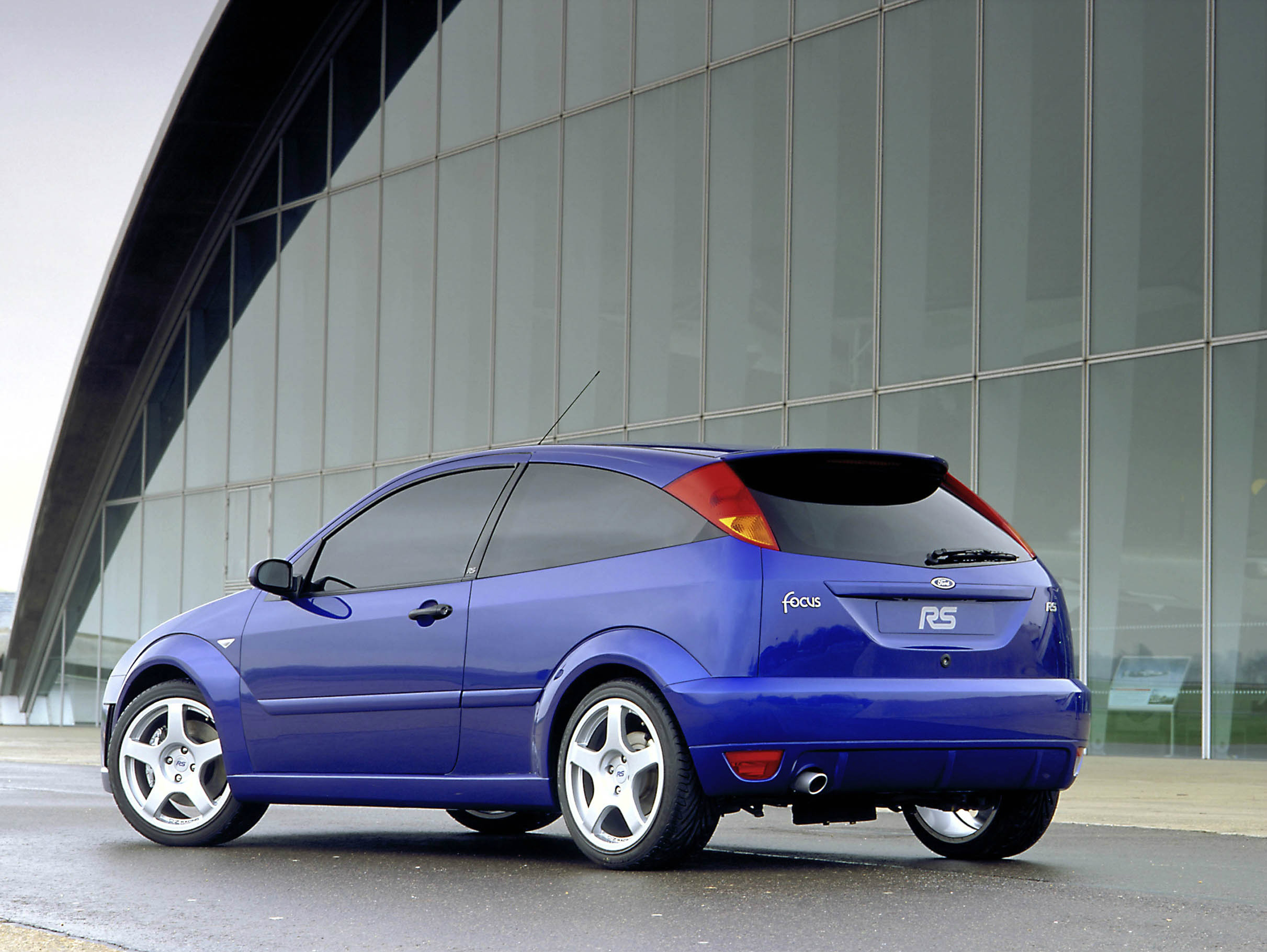
First off, a quick tip: look for originality. Original parts, right down to the car’s service book wallet, seats, floor mats, radio and gearknob are desirable, as spare parts are very hard to come by.
Then remember all the normal used car buying tips. Look for signs of accident damage, check the car’s VIN and engine numbers match V5C records, and carry out a car history check.
The MkI Ford Focus RS is fundamentally strong and hard-wearing car, according to Stewart Sanderson, director of Motorsport Developments, which has serviced and tuned the Focus RS since it was launched.
There was no oil or water temperature gauge — just a warning light should things get too hot to handle — and Ford originally set service intervals at 12,500 miles. Sanderson, and many Focus RS owners in the forums, suggests a six-monthly oil change, especially if the car’s engine has been tuned to develop more power than standard.
The engine has a cambelt which Ford says needs changing every 100,000 miles, and again the consensus is to err on the side of caution and change it every 60,000 miles. “They’re a long-life service item; I’ve never seen one break, but it’s best to be safe,” says Sanderson.
The engine is tough, and any oil or water leaks can be attributed to the age of the car, rather than any inherent fault in the car. The thermostat housing can crack; Motorsport Developments estimate they’ve replaced five over the past 10 years.
Also, the air-to-water chargecooler for the turbo can fail, which is an age-related issue. Sanderson points out that the cover says it’s an intercooler – a sign of how Ford raided its parts bin to produce the Focus RS.
The suspension, Sachs dampers and differential are tough, so if the car makes rattles or clunking noises, it’s highly likely something is worn out. The bonnet lining will have, or will in the future, come adrift; this happens in all MkI Focus hatchbacks, apparently. And finally, rust can be an issue, mainly around the tailgate and the wheel arches.
View Ford Focus cars for sale on driving.co.uk (click “Search” then add Keyword “RS” to find RS models for sale)
Browse the used hot hatches for sale on driving.co.uk
Ford Focus RS MkII
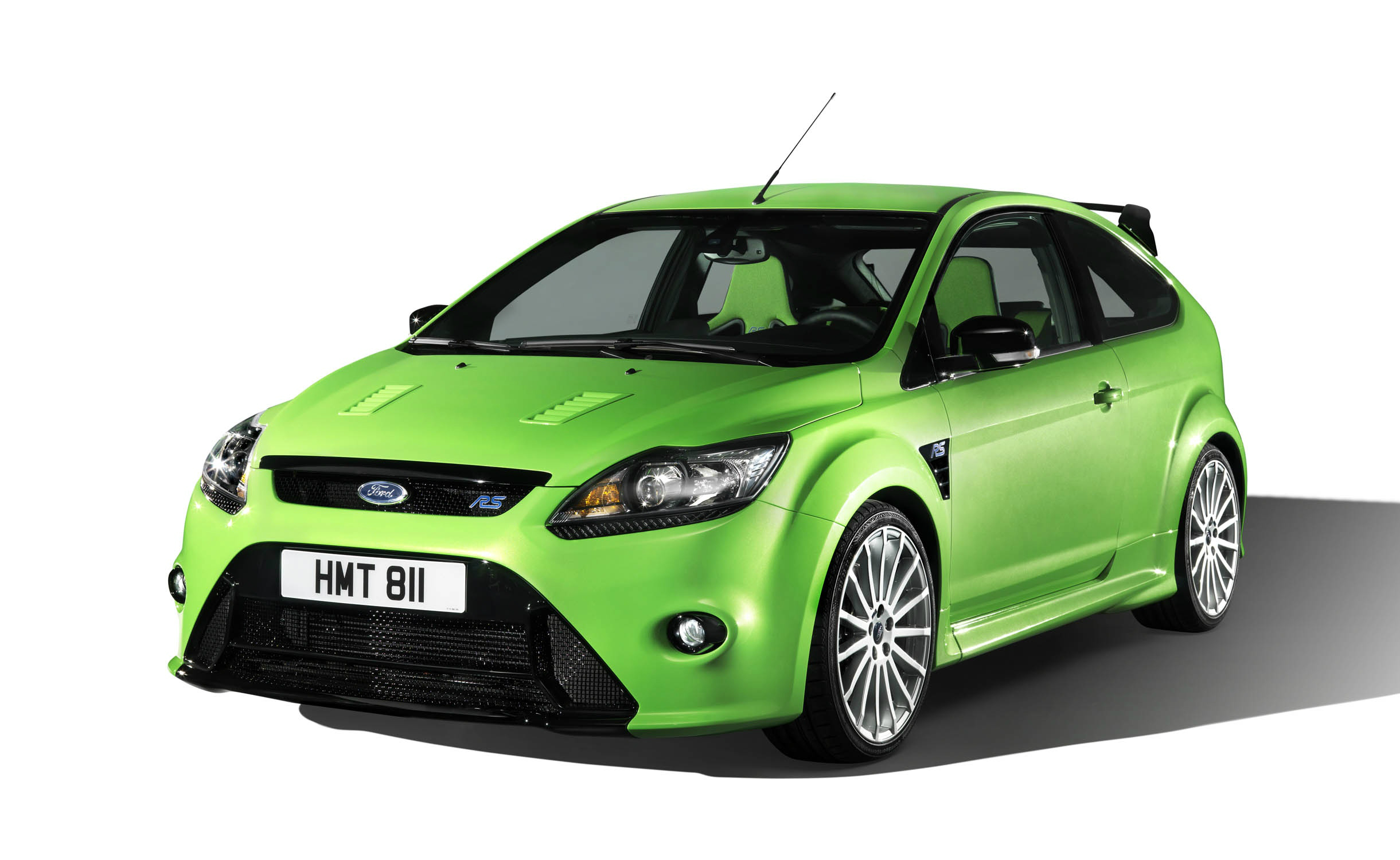
- Produced: 2009-2011
- Total production: 11,500
- Price range: £16,000-£26,000
In your face: that just about sums up everything about the second generation Ford Focus RS, which went on sale in 2009. Subtlety was clearly not one of the objectives that Ford wanted to achieve with its high performance version of the Focus, so it was dressed up like an American Football player.
Beneath the posturing bodywork, the car featured an engine from the most unlikely of donors: Volvo. The Swedish company’s relatively old 2.5-litre, five-cylinder motor was used as a starting point, then Ford’s engineers set to work like a cosmetic surgeon performing a 10 Years Younger facelift.
They fitted it with a larger turbocharger, new intercooler, tougher forged crank, silicon-aluminium pistons and graphite-coated lining for the cylinder bores. The end result placed the Focus RS way ahead of the hot hatch competition; it produced 301bhp at 6,500rpm and 324Ib ft at 2,300rpm – an extra large adrenaline boost compared with its predecessor, and sufficient to power it from 0-62mph in 5.9 seconds.
Again, it was front-wheel drive and did its best to chew through its front tyres. And again, it featured a Quaife limited-slip differential.
This time, though, there was an ESP stability control system and a fancy design of front suspension, called RevoKnuckle, which was meant to prevent yobbish torque-steer.
The car’s character was completely different to the MKI. For starters, you wouldn’t mind driving it long distances, because the engine and suspension were relatively civilised. And when you gave it the foot-to-the-floor, full beans RS treatment, the engine hauled from far lower in the rev range, sounded lovely and there was a lot more performance on tap.
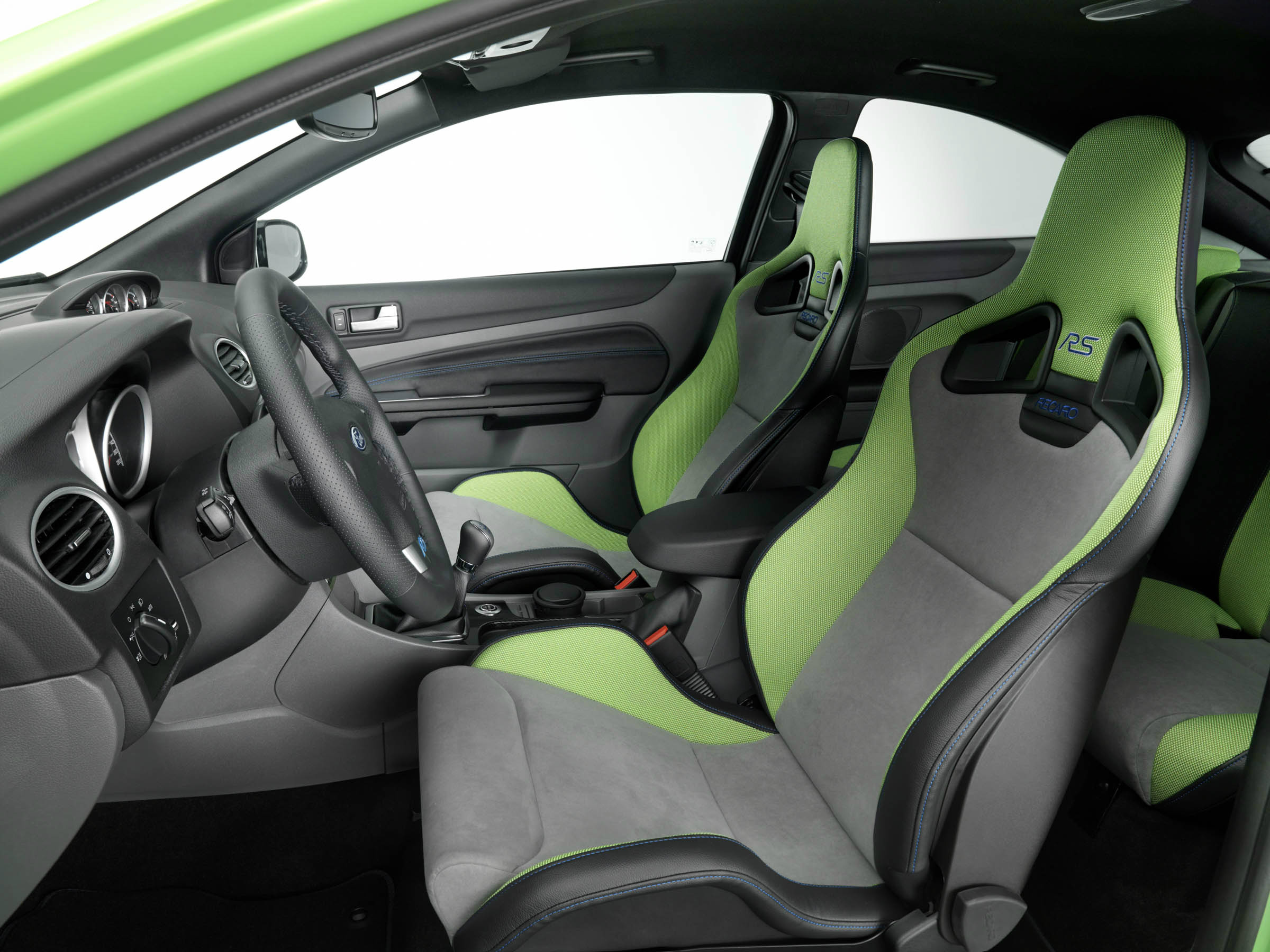
Its roadholding was equally different. The steering was very direct, the suspension dealt with bumpy roads far better than the last model, but on a race track the car ultimately felt a little top heavy, and the driver could never escape the feeling that they were having to manage more weight (nearly 200kg more than the MkI) and speed, especially at the front of the car where the heavy engine made itself felt.
Still, it was – and remains – exciting. And useable; I once drove a Focus RS around the Ascari Race Resort for two days, then departed southern Spain to catch the Santander to Plymouth ferry, and it was an absolutely perfect high-speed cruiser. The Recaro seats are comfortable, even if set too high, and noise levels are fine. You really could use one every day, even if many now seem to be reserved for fine days and weekends only.
What is a Ford Focus RS MkII worth?
Unlike the original Focus RS, this time Ford offered Frozen White, Ford Performance Blue and Ultimate Green, giving used car buyers more choice.
There’s a better supply of MkII models for sale, by virtue of the fact that so many more were sold here than MkIs – 4,000 versus 2,147 – and that the window of opportunity to modify or crash them is that much smaller. So they’re more expensive.
High mileage (80-90k mile) models start around £16,000; a car with about 40,000 miles is roughly £20,000 and showroom condition, cherished cars with under 10,000 miles are as much as £26,000. The limited edition RS500, which had almost 350bhp (only 101 were sold in Britain) could fetch more still, depending on mileage and condition.
View Ford Focus cars for sale on driving.co.uk (click “Search” then add Keyword “RS” to find RS models for sale)
What to look for when buying a Ford Focus RS MkII
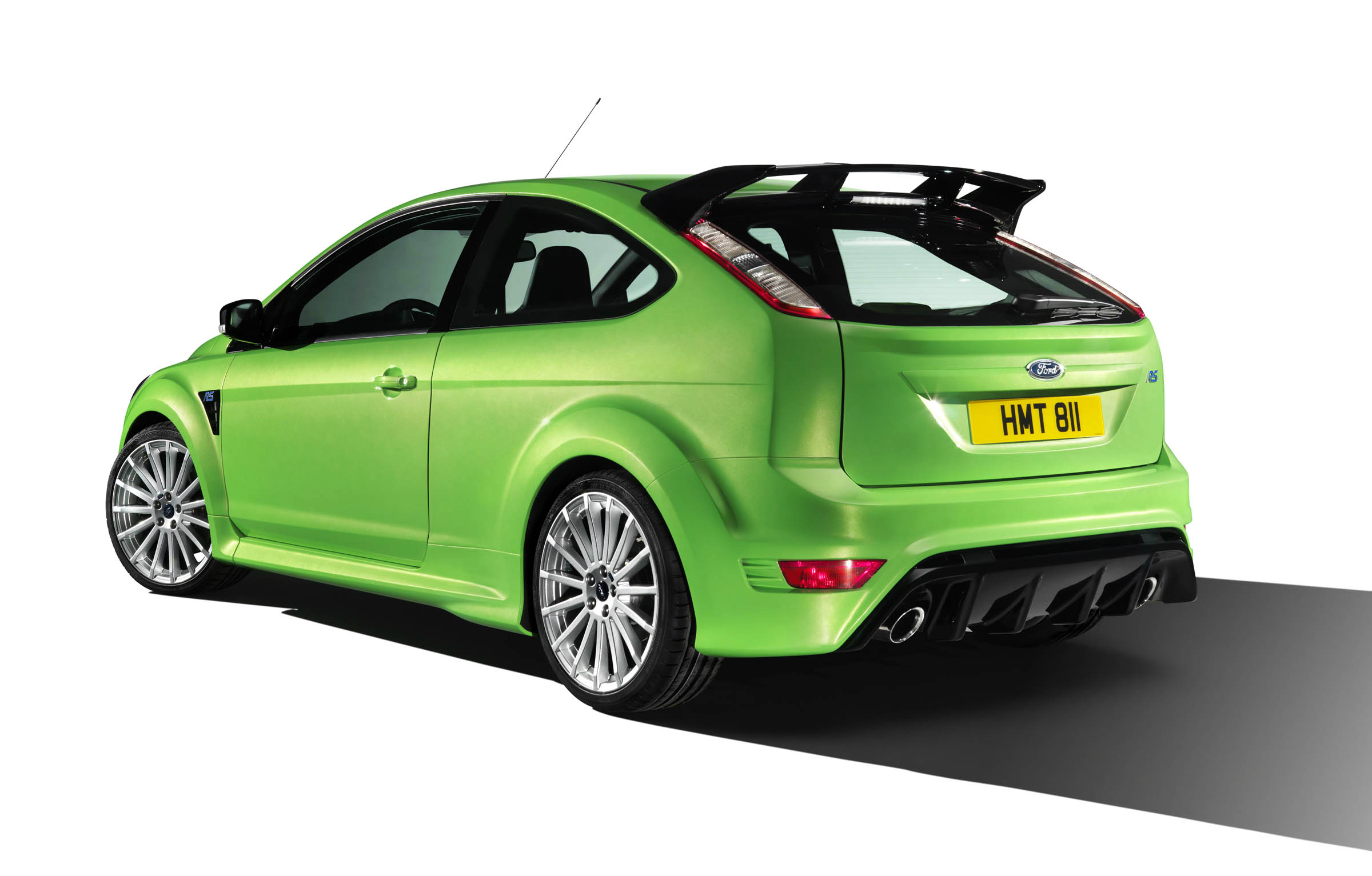
Good news: like its predecessor, the MkII Ford Focus RS is a fundamentally strong car.
The 2.5-litre engine often suffers a split in its oil filter housing. This common problem almost causes drivers’ hearts to stop; when they look in the rear view mirror, clouds of smoke are pouring from the back of the car, which suggests the engine has destroyed itself.
Fortunately, it’s a simple job to fix, says Stewart Sanderson, director of Motorsport Developments, and costs just £100.
The engine also has a plastic intake plenum. Early in the car’s life, the seals would split which led to the manifold being damaged. But Sanderson says they haven’t seen this problem for years, and believes Ford addressed the issue as part of a recall.
Owners forums suggest that the suspension can be misaligned, especially the front set-up. But Sanderson believes that the main culprit is likely to be potholes or over-enthusiastic owners punishing their cars by riding kerbs at trackdays, or understeering into a kerb when exiting a wet roundabout.
The six-speed gearbox and clutch are robust. And with dials on the dashboard displaying oil pressure, oil temperature and turbo boost, owners have less excuse for not warming the car up properly before giving it a hammering. Even so, Motorsport Developments suggests an oil change every 6,000 miles, and an annual service.
The main issue for the MkII is tyre wear. The front tyres may last for only 5,000 miles, and at about £300 for a pair of quality brand performance tyres that fit the 19 inch wheels, that’s an expensive trait.
View Ford Focus cars for sale on driving.co.uk (click “Search” then add Keyword “RS” to find RS models for sale)


